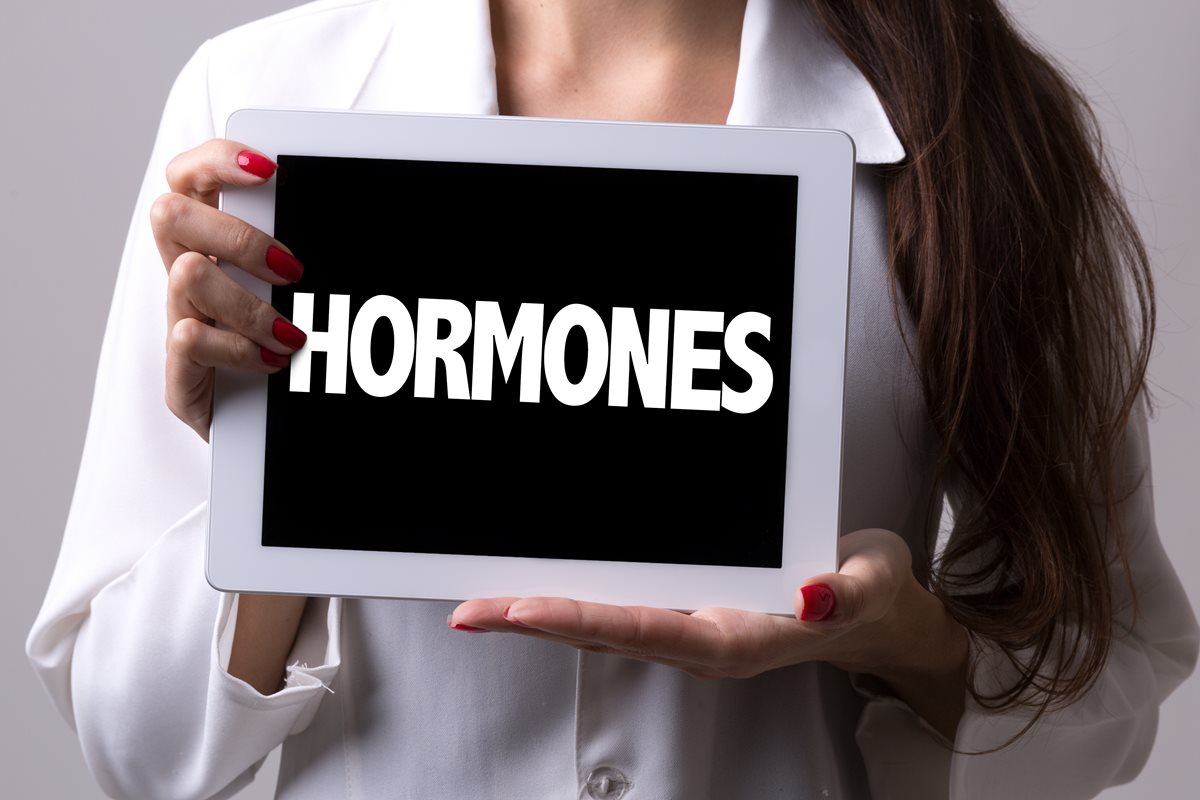Menopause Transition: Don't Miss This Important Preventative Health Opportunity
Sometime between ages 45 and 55, for many women, gynecologic and related health issues begin to emerge. Menstrual cycles now seem different, mood swings and memory lapses appear, and sleep becomes more chaotic, coupled with warm flushes. And the weight! Why at the mid-section? These irritating acknowledgments belie a more ominous change. During this menopause transition, loosely referred to as “perimenopause,” events are unfolding that have an impact on a woman’s cardiovascular risk.
The origin of these seemingly unrelated responses falls to the unpredictable decline in estradiol from the ovaries occurring during the 40s and early 50s. Initially produced at high levels during the reproductive years, estradiol’s decline as ovaries age is more than simply a change in blood levels. This decline in estradiol eliminates perhaps its most important role, that of a powerful anti-inflammatory hormone. During the reproductive years, estradiol protects the body from damage from inflammatory proteins, called cytokines, normally generated by our visceral fat cells and immune cells that, unheeded, produce many of the irritating menopause symptoms described by women. The decline in the protective anti-inflammatory actions of estradiol can contribute to the development of metabolic syndrome, i.e., abnormal lipid profile, insulin resistance, type 2 diabetes mellitus, and hypertension. Unfortunately, there is no other significant bodily source of estradiol to compensate for this ovarian aging.
While obesity would seem to be the instigator of these changes, this process actually may begin in the brain. Within the hypothalamus, a small group of neurons serve several governing functions. During the reproductive years, they control reproduction by activating the hypothalamic-pituitary-ovarian axis to produce estradiol, maintain the stability of our heat control center in our brain, and help regulate our intestinal proteins. As the ovaries age, declining levels of estradiol result in changes in our ability to reproduce, regulate our body heat, and control our food intake. Ovulation ceases, hot flashes begin to occur, and there is a change in our intestinal proteins as well. The result is an increase in visceral fat and, with that, the emergence of insulin resistance. Therein lies a major contributor to the increased cardiovascular risk in the menopause transition.
Insulin, under normal conditions, utilizes the PI 3 kinase pathway to break down fat (lipolysis) and oxidize glucose for cellular metabolism. But it also is critical for amino acid transport, cell proliferation, and generation of nitric oxide, a potent vasodilator that protects vascular endothelial cells. Visceral fat inhibits the PI 3 kinase pathway, leading to excessive insulin production (hyperinsulinemia). Yet, absent its normal metabolic feedback pathway, increased insulin compensates by utilizing an alternative pathway, the ERK MAP kinase pathway, which offers no metabolic benefit, but which reduces nitric oxide production and, by other proinflammatory steps, increases the risk of atherosclerotic damage. But, could there be another explanation for the inflammation of menopause that produces cardiovascular risk?
New research suggests that the loss of anti-inflammatory properties which parallels the fall of estradiol also could impact a more remote region of the body, one’s intestinal bacteria called the intestinal microbita. Our intestine contains about 1014 microbes representing over 1,000 different species, yet four families of bacteria normally dominate. Microbes on the mucosal surface influence our immune system, while those on the luminal surface are important for energy and metabolism. Alterations in our bowel bacteria, however, have been linked to such inflammatory conditions as rheumatoid arthritis, inflammatory bowel disease, and systemic lupus erythematosus. Increased cardiovascular risk results from the fact that certain intestinal bacteria can release lipopolysaccharides (LPS) from their cell walls that, along with increased free fatty acids, stimulate adipose inflammation and insulin resistance.
The literature is quickly becoming filled with studies demonstrating the cardiovascular risks of the menopause transition. Irrespective of the theory of causation, a strategy for reducing these risks must address 1. a diet emphasizing the fundamentals of the Mediterranean diet, eliminating most carbohydrates (which accelerate our hunger), adding omega 3 fatty acids (which curb our appetite), nuts and grains (for protein); and 2. daily exercise (which helps shift fat to muscle).
It appears that Mother Nature never planned for us to live for many more years after our reproductive years. The menopause transition and the symptoms for which women seek care provide physicians and scientists an opportunity to help women improve how well they live that next large chapter in their lives. Important lifestyle changes, including diet and exercise, as well as counseling, can have a huge impact on newly menopausal women. Based on the current understanding of this important window into menopause, they, and we, now have just such an opportunity.
By James Woods, M.D., and Elizabeth Warner, M.D.
Dr. Woods treats patients for menopause at the Hess/Woods Gynecology Practice.
James Woods | 1/11/2017




